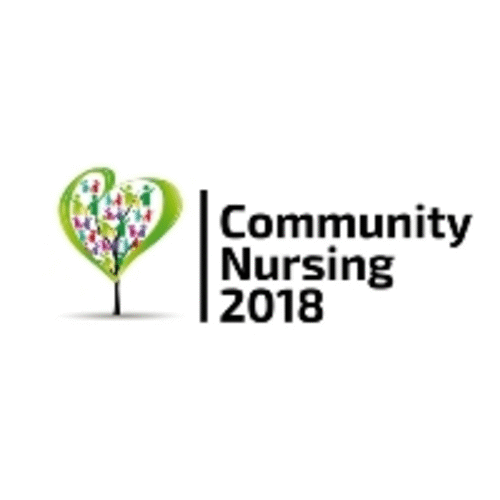
Annatjie C Peters
The foundation for professional development, South Africa
Title: Airborne infection control in decentralized drug resistant TB sites in South Africa
Biography
Biography: Annatjie C Peters
Abstract
Aim and Objective: Prior to 2011, national policy in SA mandated DR TB patients be initiated on treatment in specialized TB hospitals. New cases outstripped the bed capacity and South Africa moved to decentralizing DRTB management. IC is a requirement for decentralized MDR TB care. A baseline study was done at 98 facilities. After interventions a follow-up assessment was conducted. To determine if infection control can improve after recommendations made to facilities.
Methodology: A cross-sectional descriptive study of 75 decentralized MDR TB facilities (10 CHC, 34 hospitals and 31 PHC clinics) was conducted followed by a follow-up assessment, using a standard assessment instrument assessing availability of IC guidelines, IC committee, safe sputum collection area, IC plan, risk assessments done, patients screening, fit-testing and availability of N95 respirators. Staffs were interviewed and hospital walkabouts conducted. Following the baseline assessments, IC plans were developed to help attaining the minimum requirements to support the decentralization of MDR TB.
Results: The assessment revealed IC practices increases 92% of sites had access with the baseline assessment and 100% after intervention, 50% did screening with baseline assessments and 70% thereafter. A limited number of facilities (15%) had IC committees, IC plans (20%) and IC officers (20%) with baseline assessment. This improved to 40% with IC committees, 45% with IC plans and 40% indicated that they have developed and implemented IC plans. The 30% with safe sputum collection points increased to 50%. Patient screening was done at 20% of the facilities with baseline assessment and 60% thereafter. 80% of facilities had N95 respirators available with the baseline assessment and the follow-up assessment, although not visible at all facilities.
Conclusion: Findings demonstrated that recommendations after baseline assessments are valuable to better IC practices.

